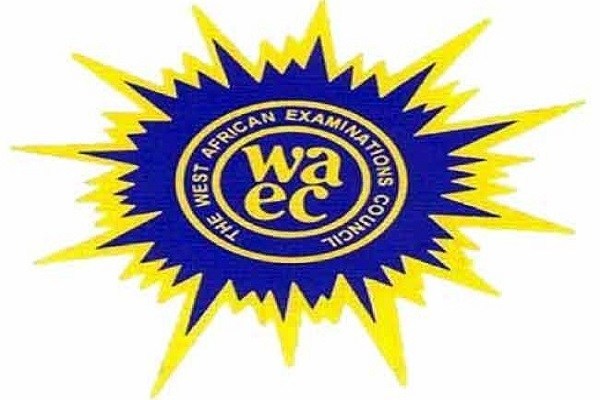Waec

(1)


(2a)
Observation: G dissolves completely in distilled water.
Conclusion: G is soluble in water.
(2b)
(i) Observation: The litmus paper remains unchanged.
Conclusion: The solution is neutral, indicating that G is neither acidic nor basic.
(ii) Observation: The solution turns cloudy.
Conclusion: G reacts with NaOH to form a precipitate.
(iii) Observation: No visible reaction occurs.
Conclusion: G does not react with dilute HNO3.
(iv) Observation: A white precipitate forms.
Conclusion: G reacts with BaCl2 to form a precipitate in the presence of excess dilute HNO3.

(3a)
To determine the volume of water that should be added, we can use the formula for dilution:
M1V1 = M2V2
Where:
M1 = initial molarity of the solution
V1 = initial volume of the solution
M2 = final molarity of the solution
V2 = final volume of the solution
Given:
M1 = 0.5 mol/dm³
V1 = 100 cm³ (or 0.1 dm³)
M2 = 0.3 mol/dm³
V2 = ? (volume of water to be added)
Rearranging the formula, we have:
V2 = (M1 * V1) / M2
Substituting the given values, we get:
V2 = (0.5 mol/dm³ * 0.1 dm³) / (0.3 mol/dm³)
= (0.05 mol) / (0.3 mol/dm³)
= 0.1667 dm³
Therefore, approximately 0.1667 dm³ (or 166.7 cm³) of water should be added to 100 cm³ of 0.5 mol/dm³ HCl in order to obtain 0.3 mol/dm³ HCl.
(3b)
One possible chemical test to distinguish between dilute HCl and dilute HNO3 is to use silver nitrate (AgNO3) solution.
When a few drops of dilute HCl are added to a solution of AgNO3, no visible reaction occurs. However, when a few drops of dilute HNO3 are added to a solution of AgNO3, a white precipitate of silver chloride (AgCl) is formed.
The relevant equation for the reaction between dilute HNO3 and silver nitrate is:
HNO3 + AgNO3 -> AgCl + HNO3
The formation of the white precipitate of silver chloride indicates the presence of HNO3, while the absence of any reaction indicates the presence of HCl.
Completed
RECOMMENDED TOPICS
- JAMB 2025 UTME/DE registration document – step-by-step on how to apply for UTME and DE

- JAMB postpones 2025 UTME Registration to February 3rd

- JAMB Officially Announces 2025 UTME Registration, Exam, Mock Dates, Cost and Important Details

- The official reading novel for Jamb 2025 is Lekki Headmaster

- Subjects for Computer Science in JAMB for Guaranteed Success


